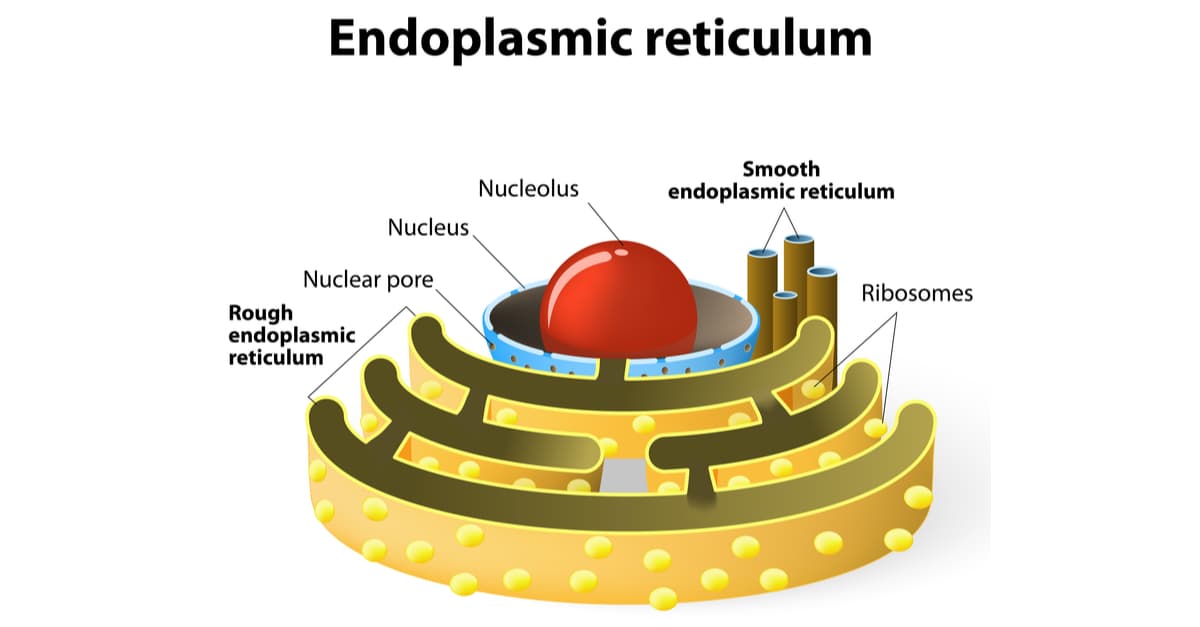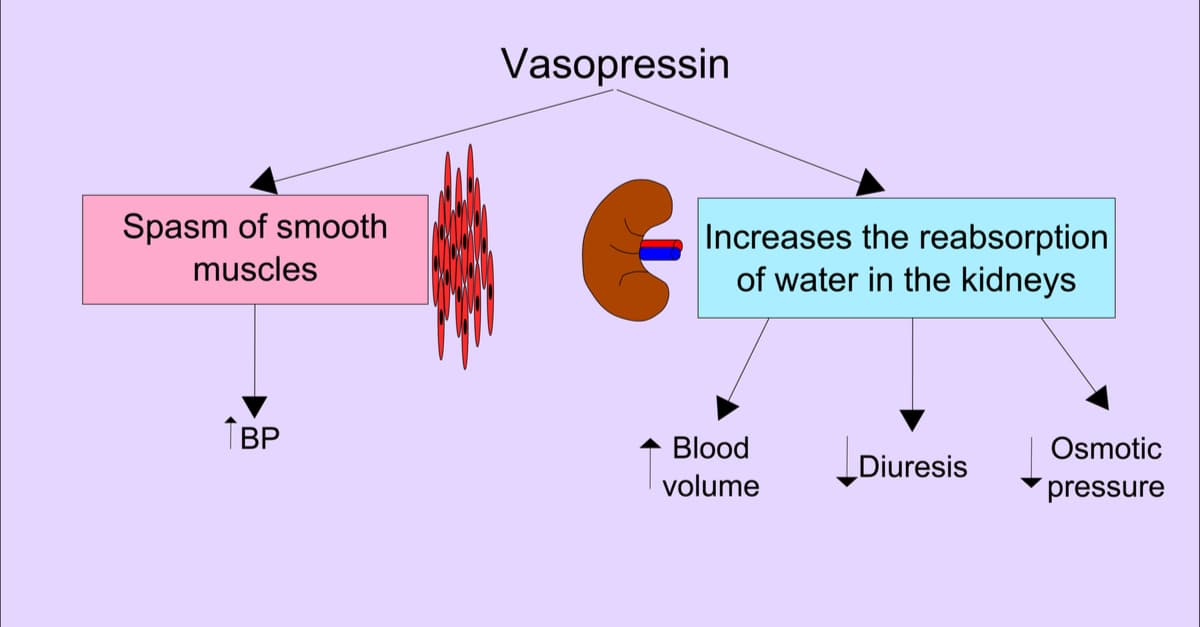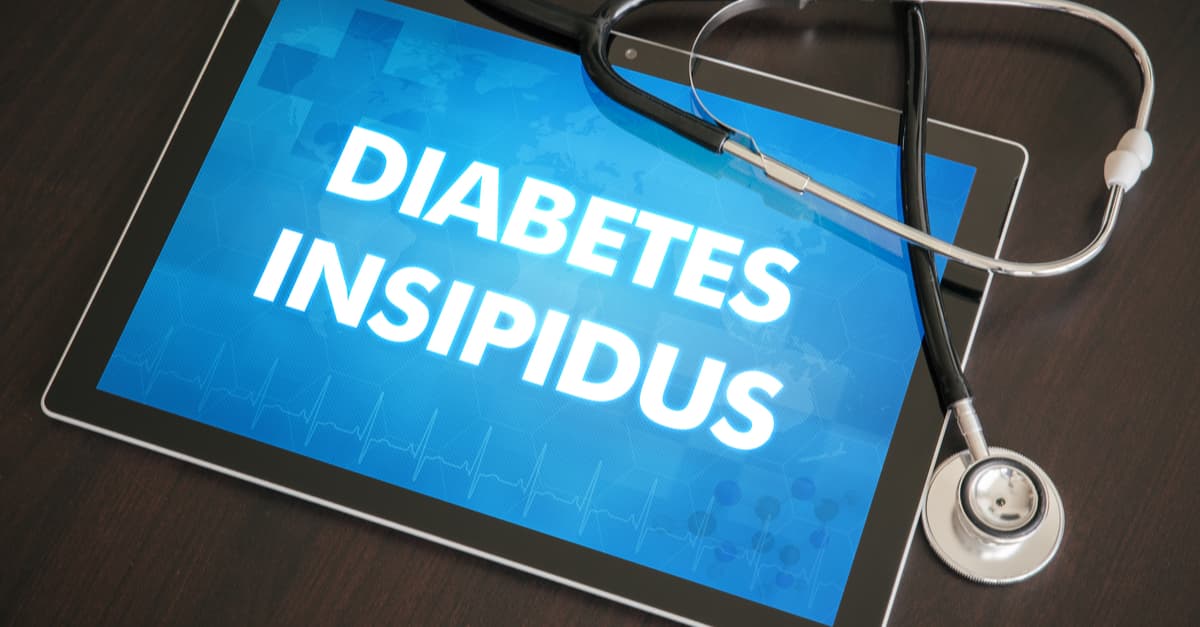Hormones are chemical compounds which, when released by endocrine glands into the blood or nervous system of living beings, exert modulating effects on functions of other cells and body structures. One of the most well-known and important human hormones is the antidiuretic hormone or vasopressin. This molecule has an essential role in the process of fluid retention and stress response.
What Is Vasopressin?

It is also known as “argipressin,” “arginine,” and “antidiuretic hormone.” As the latter name suggests, this hormone has functions related to the reabsorption of water molecules through the kidneys and to the decrease of the amount of urine accumulated in the body.
It is an oligopeptide: a molecule formed by a small amount of amino acids, specifically 9. In contrast, polypeptides are groups of between 10 and 100 amino acids, whereas we speak of “proteins” to refer to groups of more than 100 molecules of this type.
Specifically, it contains an amino group (-NH2), cysteine (Cys), phenylalanine (Phe), glutamine (Gln), tyrosine (Tyr), asparagine (Asn), proline (Pro), arginine (Arg), a carboxyl group (-COOH) and proline (Pro)
Vasopressin is secreted by the posterior lobe of the pituitary gland, called neurohypophysis. It is released in response to changes in osmotic concentration and volume of blood in the body. However, most of the vasopressin we produce is released into the bloodstream, and its effects on the brain also explain some of the functions.
Synthesis

This hormone is secreted from the posterior lobe of the pituitary gland in response to reduced plasma volume or response to increased plasma osmolality. Angiotensin II stimulates vasopressin secretion. Vasopressin that is extracted from peripheral blood is usually produced by the posterior pituitary gland, except under conditions of a vasopressin-generating tumor.
It is synthesized in the endoplasmic reticulum, with a signal sequence, and processed through the Golgi apparatus. Then, vesicles leaving the Golgi, by axonal transport, reach the presynaptic terminal. Vesicles that store neurotransmitters are either destroyed or reused but after it is transported back to the soma. Peptides need lower calcium concentrations to achieve neurotransmitter release.
Functions

- Vasopressin acts on the renal collecting tubes. It causes increased water reabsorption (increased expression of membrane aquaporin channels). This increased reabsorption will cause: a decrease in plasma osmolarity and increased blood volume, venous return, stroke volume, and consequently increased cardiac output (CO).
- It promotes water retention from the kidneys. Thus, high concentrations of vasopressin lead to increased renal water retention, and just the right amount will be excreted to eliminate waste products. This is why these hormone levels are high during dehydration: to avoid further water loss
- It acts on vascular smooth muscle, causing vasoconstriction (via IP3) and thus an increase in peripheral vascular resistance (PVR)
- It functions as a neurotransmitter. Vasopressin concentrations are much smaller than those of conventional peptides but with very potent effects. It has effects on neurons in the paraventricular and supraoptic nuclei that synthesize and secrete hormones, and collateral fibers that control these neurons by negative feedback have long been known to exist
- Vasopressin inhibits supraoptic and paraventricular nucleus discharges
- When vasopressin is administered intracerebrally, it alters blood pressure and acts as an antipyretic and analgesic agent
- It has been implicated in memory formation, such as delayed reflexes, imagery, short-term and long-term memory, although the mechanism has not yet been elucidated. These findings are controversial
- Although not all studies agree, a 2006 study on cardiac arrest provided evidence for the greater effectiveness of vasopressin over epinephrine in cases of asystolic cardiac arrest
- Alcohol consumption causes this hormone to be inhibited, and water reabsorption does not occur. This water is excreted in the urine, which is why the toilet is so often used when alcohol is drunk
Related Diseases

- Diabetes Insipidus – In this disease, patients urinate in such a diluted form that their waste could practically be considered water (it tastes like nothing). They can excrete up to 25 liters of water per day, which can lead to dehydration if not compensated by intake. It is characteristically manifested by polydipsia (excessive thirst) and polyuria (excess urine production). To prevent this, vasopressin is administered to the patient by means of a nasal vaporizer so that it passes into the bloodstream. It may be associated with hypernatremia (high blood sodium content).
- Syndrome Of Inappropriate Antidiuretic Hormone Secretion – this is a disease characterized by excessive release of vasopressin from the posterior pituitary gland or another source within the body. The normal function of antidiuretic hormone (ADH) in the kidneys is to control the amount of water that is reabsorbed by the nephrons of the kidney. When ADH does not function properly, fluid retention in the body increases, it is common in older people and is a common and serious syndrome. Among the most common causes of inadequate ADH secretion syndrome are: medications such as certain drugs for type 2 diabetes, anticonvulsants, antidepressants, blood pressure, also heart drugs, cancer drugs, anesthesia, surgery under general anesthesia, brain disorders, infections, stroke, lung diseases such as pneumonia, tuberculosis, cancer, chronic infections, a disease in the hypothalamus or pituitary gland, cancer of the small intestine, pancreas, brain or leukemia, mental disorders, and meningitis.
